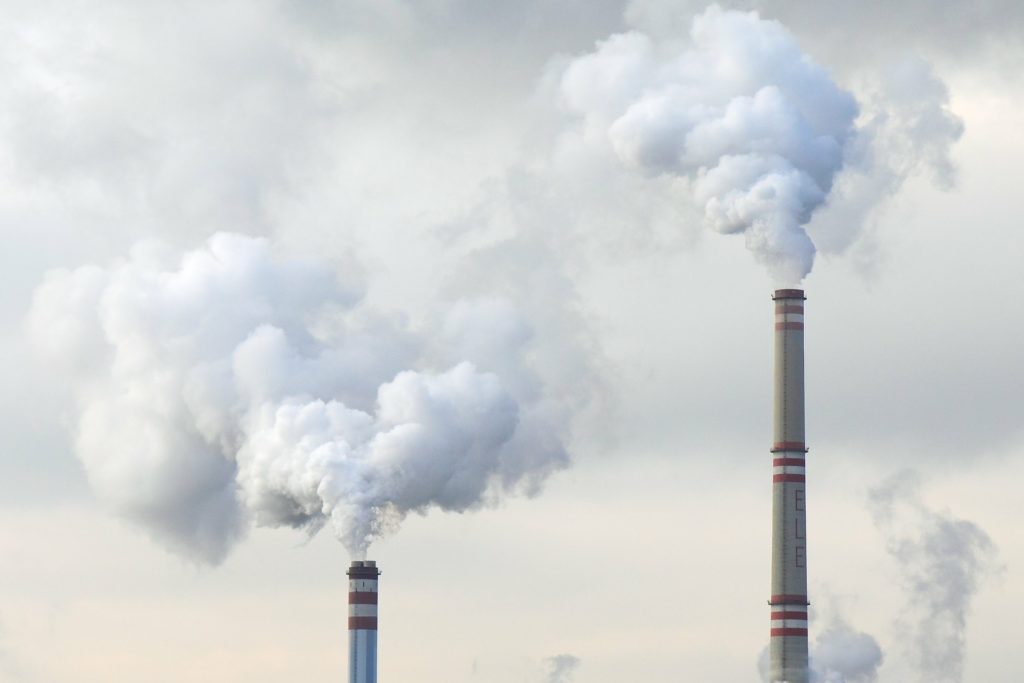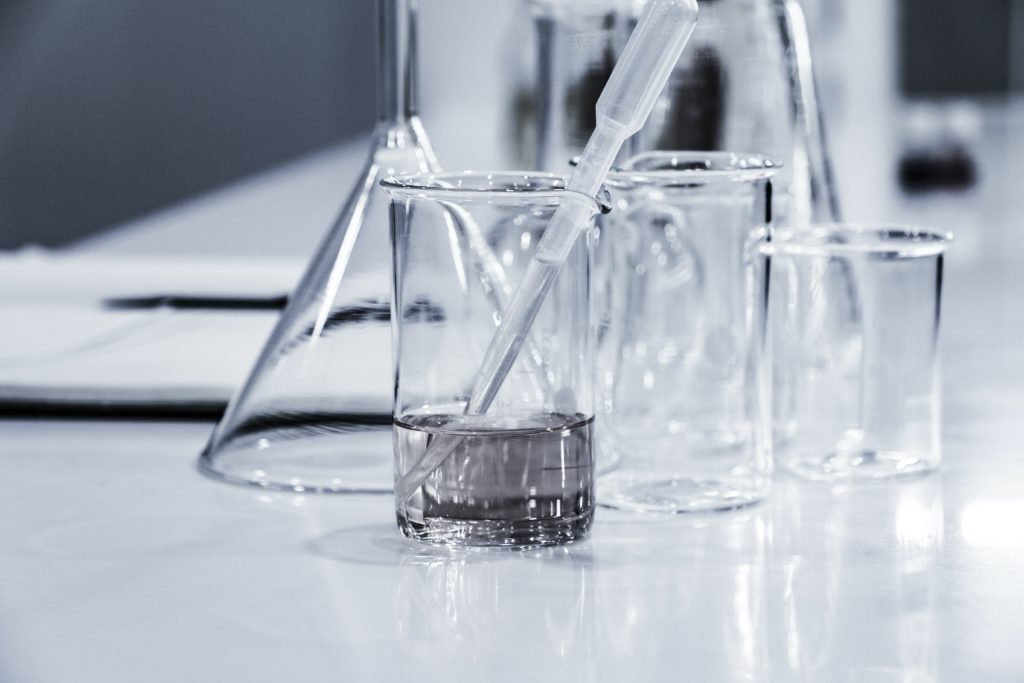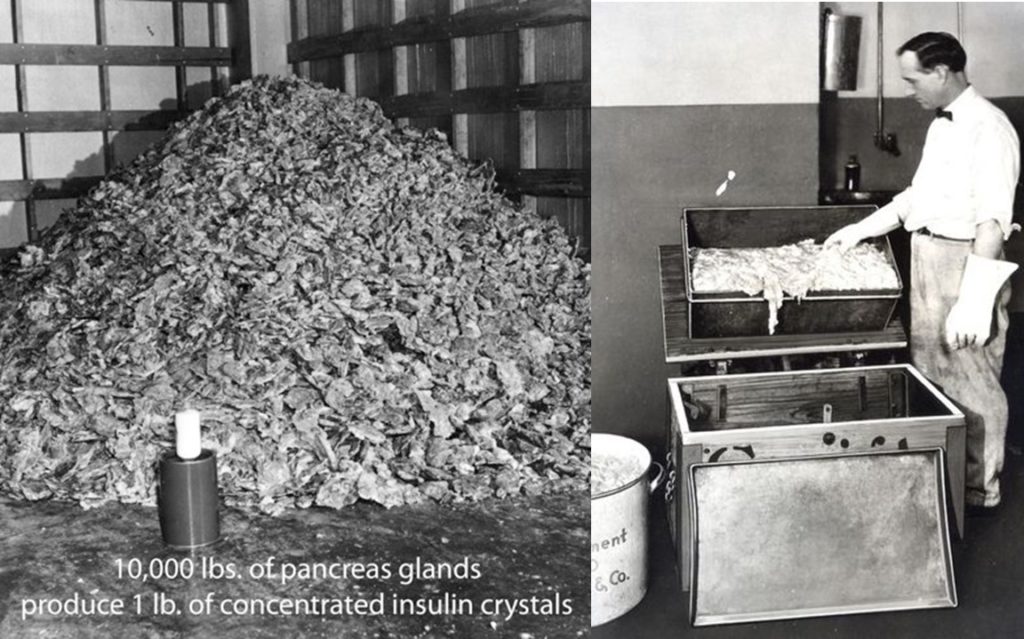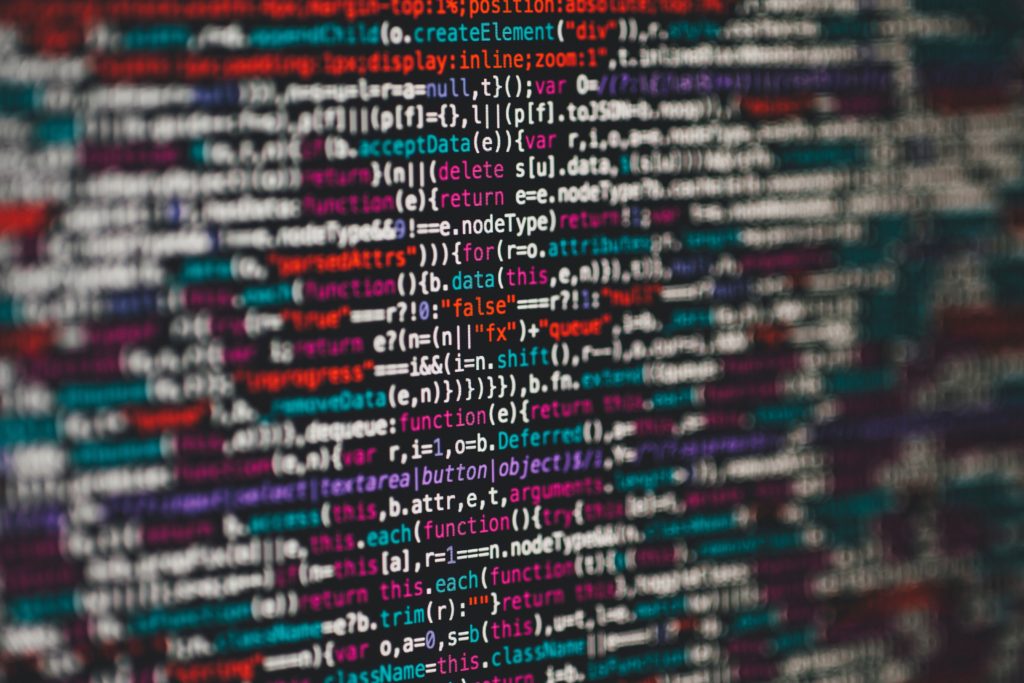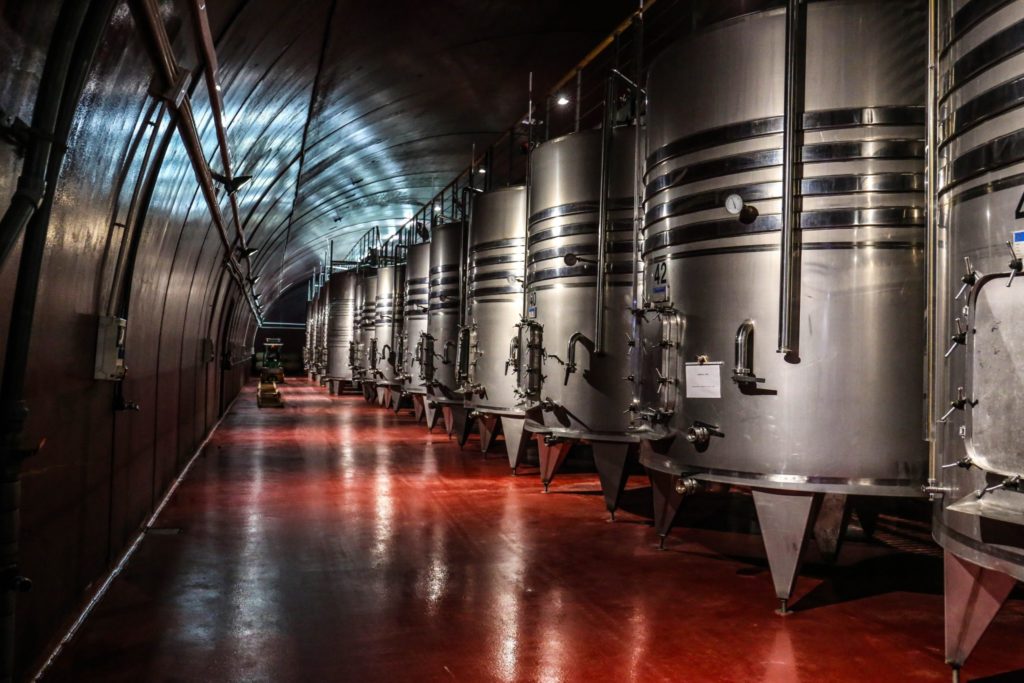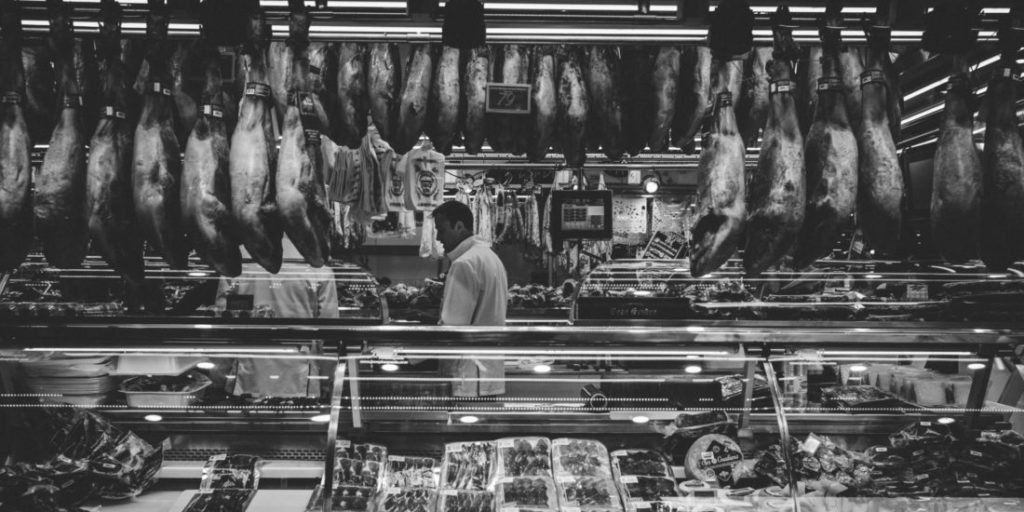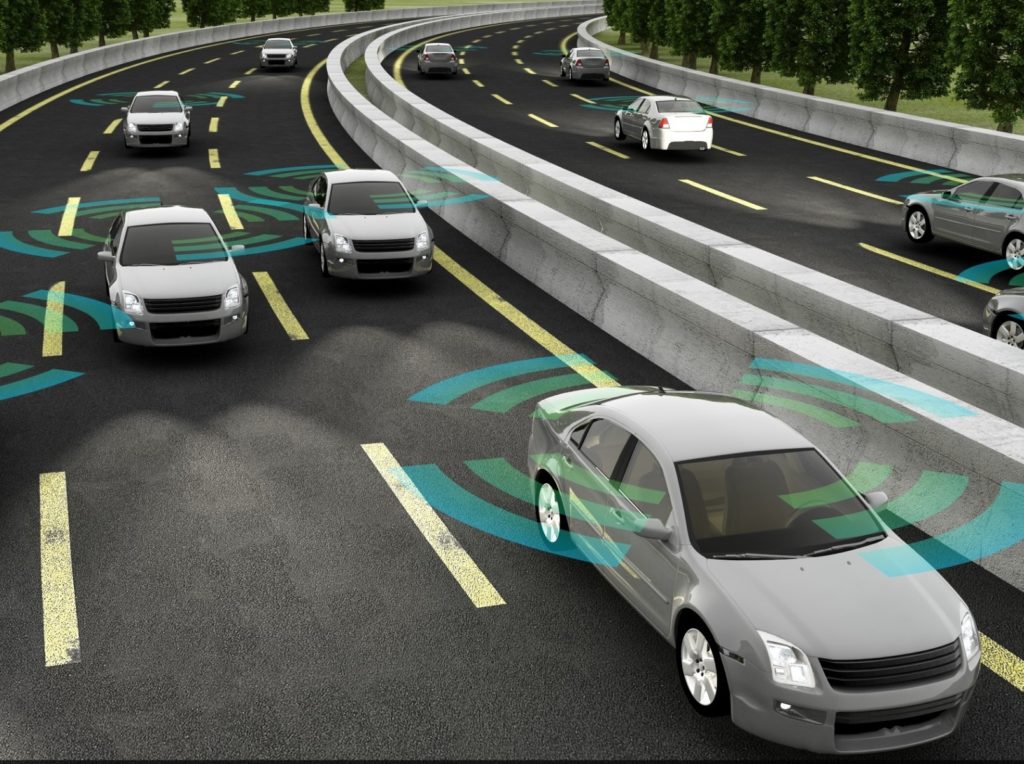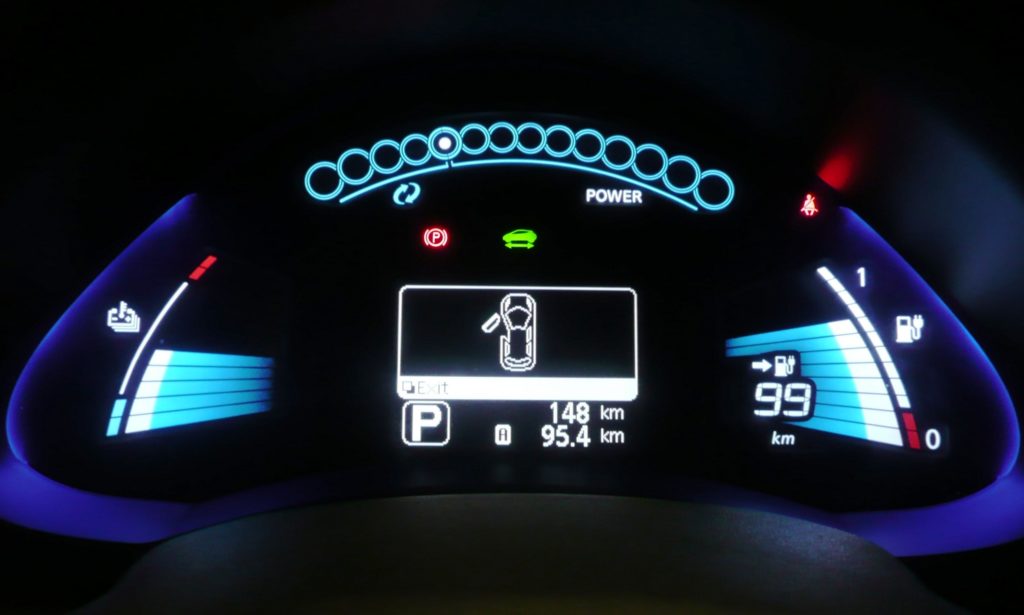It’s possible for Berlin to reach net-zero emissions by 2030. Here’s how.
RethinkX believes it is possible for Berlin to reach net-zero emissions by 2030. In our 2022 report ‘Germany’s Path to ‘Freedom Energy’ by 2030′ we showed how converting Europe’s largest economy to 100% clean energy would usher in a new era of clean prosperity, self-sufficiency and environmental restoration. We concluded that net zero for electric …
It’s possible for Berlin to reach net-zero emissions by 2030. Here’s how. Read More »

